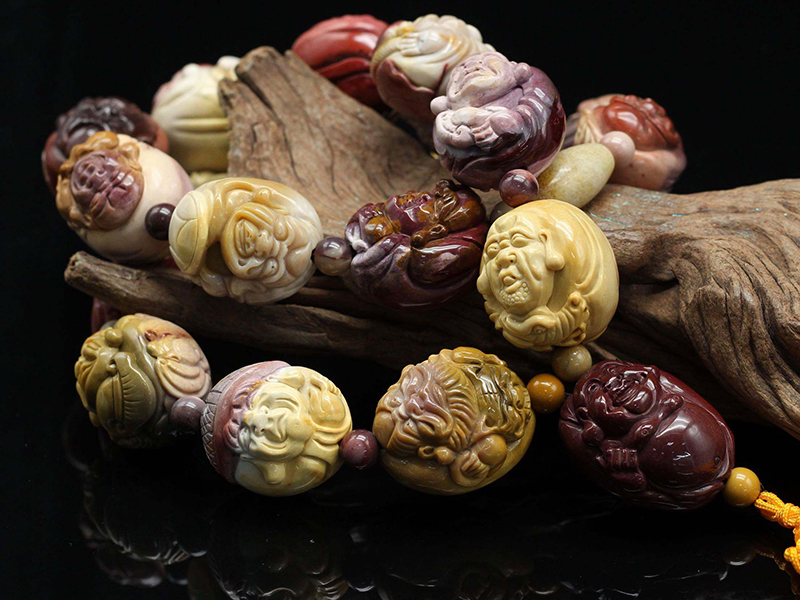Gua Sha is a popular traditional healing technique that has been used for centuries. This technique involves using a Gua sha tool, such as a jade stone or a ceramic spoon, to scrape the skin in a specific pattern. This practice is believed to improve circulation and reduce inflammation, among other benefits. However, there is some confusion over whether Gua Sha originated in China or Japan. In this post, we will explore the origins of Gua Sha and the differences between the techniques used in China and Japan.
The Origins of Gua Sha
Gua Sha is a traditional healing technique that has been used in Traditional Chinese Medicine (TCM) for centuries. In TCM, it is believed that the body has energy channels, known as meridians, that can become blocked, leading to illness and disease. Gua Sha is used to stimulate these channels and promote healing. The technique involves using a tool to scrape the skin, which causes small bruises known as petechiae. These bruises are thought to increase blood flow to the affected area, reducing inflammation and promoting healing.
In Japan, Gua Sha is known as “kusha,” and it is believed to have originated in China. The practice of kusha is similar to Gua Sha, but there are some differences in the techniques used. In Japan, the technique is often used to relieve tension in the muscles and improve circulation.
Differences in Gua Sha in China and Japan
While the basic technique of Gua Sha and kusha is similar, there are some differences in the way the techniques are used in China and Japan.
Techniques and Tools
In China, Gua Sha is often performed using a gua sha stone tool,like this: https://wholesaleguashatools.com.The tool is applied to the skin with gentle pressure and is moved in a specific pattern, often along the meridians of the body. The technique can be used on various parts of the body, including the face, neck, back, and limbs.
In Japan, kusha is often performed using the fingers or a wooden tool. The technique is typically used on the face and neck to relieve tension in the muscles and promote relaxation. The pressure used in kusha is typically lighter than in Gua Sha, and the technique is not usually used to cause petechiae.
Cultural Differences
In addition to the differences in technique and tools used, there are also cultural differences between Gua Sha and kusha. In China, Gua Sha is a common practice used in TCM, and it is often used to treat a variety of conditions. In Japan, kusha is less commonly practiced and is often used for cosmetic purposes.
Modern Applications
Both Gua Sha and kusha have gained popularity in recent years as a self-care practice. In Western countries, Gua Sha is often used as a facial massage technique to promote relaxation and reduce inflammation. Many beauty products, such as facial oils and serums, now include Gua Sha tools as part of their packaging.
Kusha has also gained popularity in the West, particularly as a relaxation technique. However, kusha is not as widely available as Gua Sha, and it is not as well-known outside of Japan.
Conclusion
Gua Sha and kusha are similar techniques that originated in China and Japan, respectively. While the basic technique is similar, there are differences in the way the techniques are used and the tools that are used. Additionally, there are cultural differences between the two practices, and they are often used for different purposes. Regardless of their origins, both Gua Sha and kusha have gained popularity in the West as self-care practices, and they offer a variety of benefits for those who practice them.
Understanding the origins and differences between Gua Sha and kusha is important for those who want to incorporate these practices into their self-care routine. By understanding the cultural context and the traditional applications of these techniques, practitioners can use them more effectively and respectfully. Additionally, knowing the differences between the techniques can help practitioners choose the right tool and method for their specific needs.
It is also important to note that while Gua Sha and kusha have been used for centuries in traditional medicine, they should not be used as a substitute for medical treatment. If you have a medical condition, it is important to consult with a healthcare professional before trying Gua Sha or kusha.


